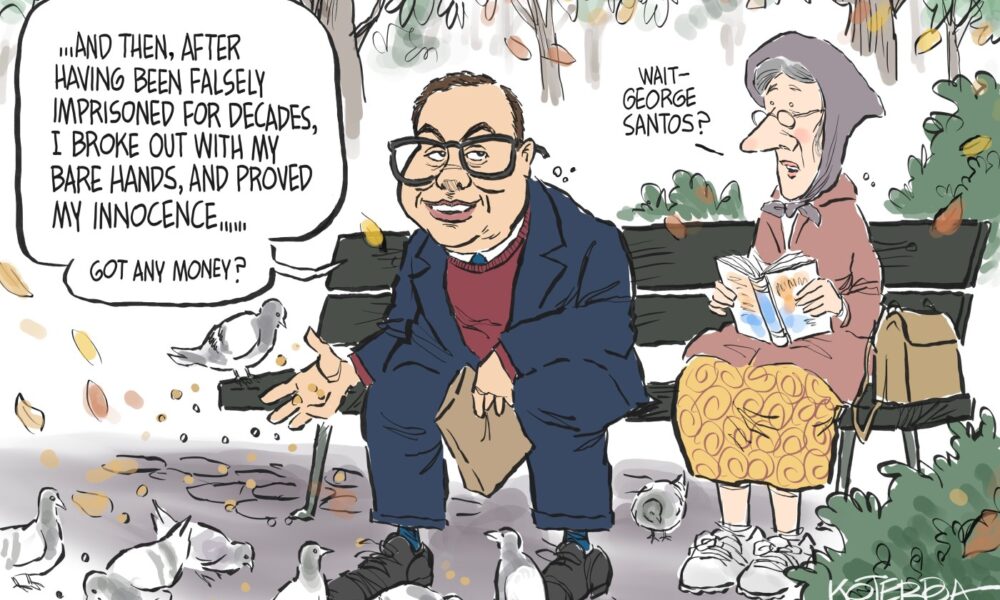The horror film landscape is experiencing a resurgence with the release of Black Phone 2, which debuted on October 17, 2025. Directed by Scott Derrickson, the sequel to the 2022 hit shifts its focus from grounded terror to supernatural elements, introducing a killer ghost as its main antagonist. This change paves the way for the potential creation of a new horror franchise, although it also raises questions about how to effectively utilize its central character, the Grabber, portrayed by Ethan Hawke.
In the original Black Phone, the story revolved around a serial killer abducting young boys in a 1970s Denver suburb. The protagonist, a boy named Finney, uses a disconnected phone to communicate with the spirits of the killer’s past victims, gaining insights to escape his predicament. The film’s blend of human horror with supernatural elements resonated with audiences, but the sequel takes a bolder approach, leaning heavily into the paranormal.
The narrative of Black Phone 2 explores Gwen’s dreams, where she confronts the ghostly presence of the Grabber, now portrayed with a more stylized and supernatural flair. Critics have drawn comparisons to classic ’80s slasher films like A Nightmare on Elm Street, noting that the Grabber’s new undead persona channels characteristics reminiscent of Freddy Krueger. The film’s initial box office success suggests that audiences are eager for more, prompting discussions about the future of the franchise.
Despite the potential for the Grabber to become a franchise staple, the film’s narrative structure indicates that it might be more beneficial to view the Black Phone series through the lens of The Conjuring rather than as a continuation of slasher traditions. In The Conjuring films, paranormal investigators Ed and Lorraine Warren tackle a variety of demonic challenges, which allows for fresh storytelling with each installment. This format could enable Finney and Gwen to explore new cases, drawing on the supernatural elements without relying on the Grabber as a central figure.
The first half of Black Phone 2 sets up an engaging dynamic between Finney and Gwen as they delve deeper into the supernatural. They evolve from mere victims to active participants in a larger investigation. The film hints at unexplored mysteries, such as the unsolved Alpine Lake murders, which could serve as a compelling backdrop for future installments. This direction not only retains the intrigue of the first film but also opens the door for new narratives that could redefine the franchise.
While the Grabber has been a captivating villain, the shift to a more supernatural approach might dilute his effectiveness as a recurring character. The nature of his transformation limits the character’s expressiveness, owing largely to the loss of his humanity. This could hinder the depth of storytelling in subsequent films, as audiences may crave more complexity in their antagonists.
In sum, Black Phone 2 demonstrates the potential for a new horror franchise that distances itself from traditional slasher narratives. By focusing on Finney and Gwen’s evolving relationship with the supernatural, the filmmakers could carve out a unique niche in the horror genre. If Blumhouse Productions embraces this new direction, they may find themselves at the forefront of a successful franchise that resonates with modern audiences, much like The Conjuring series has done in recent years.
As the horror landscape continues to evolve, Black Phone 2 stands as a testament to the genre’s adaptability and the possibilities that lie ahead.







